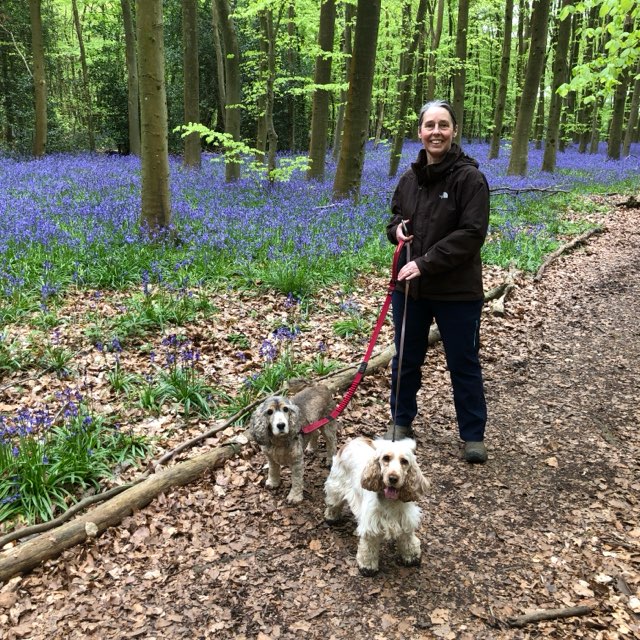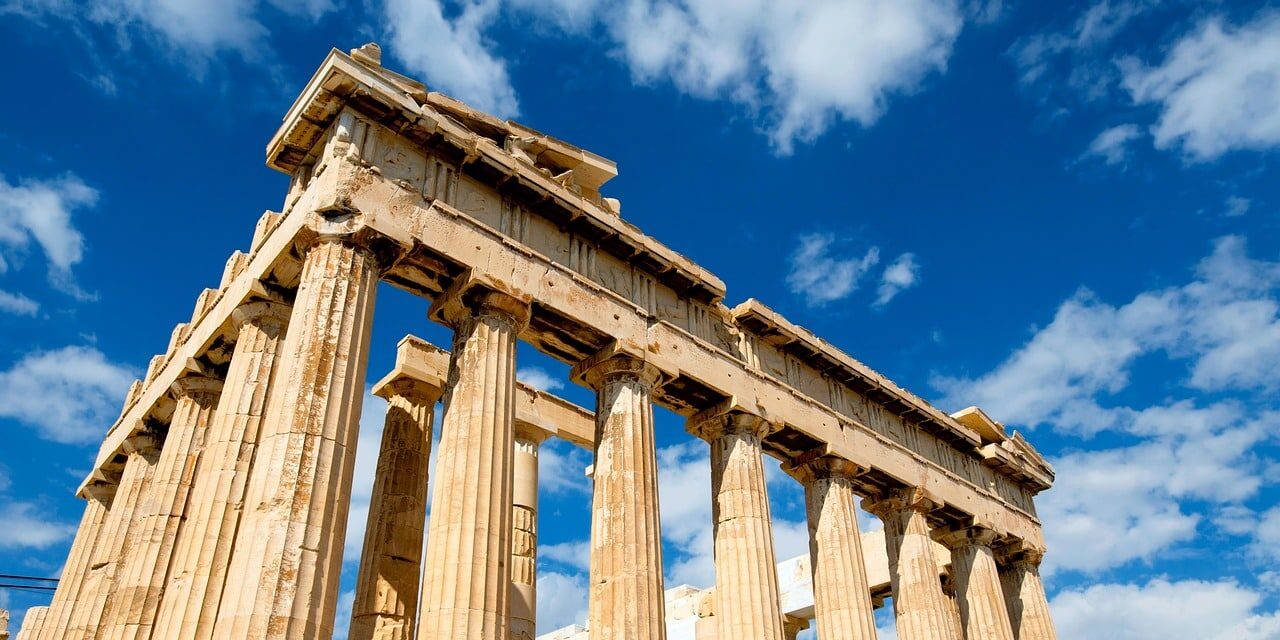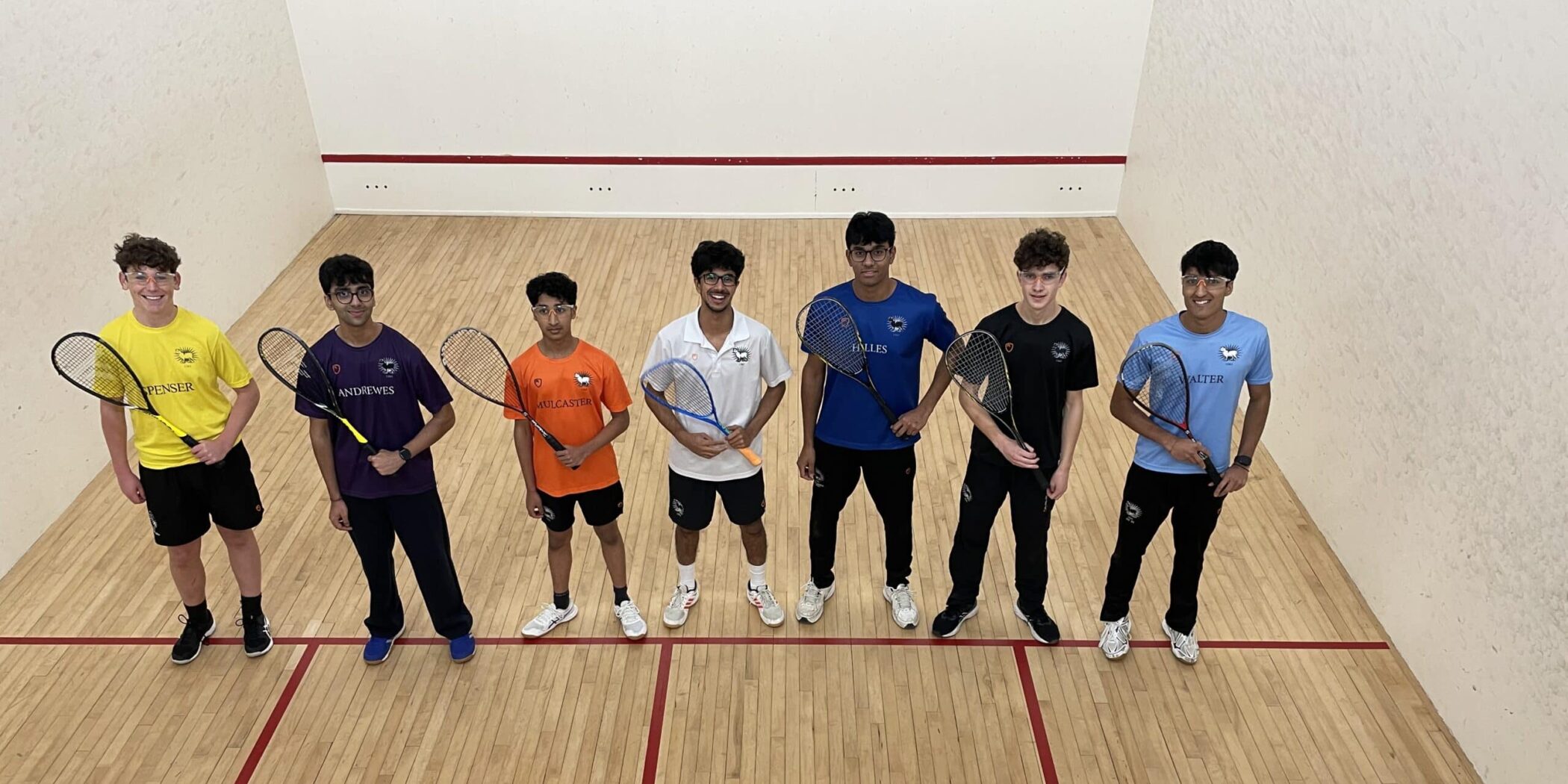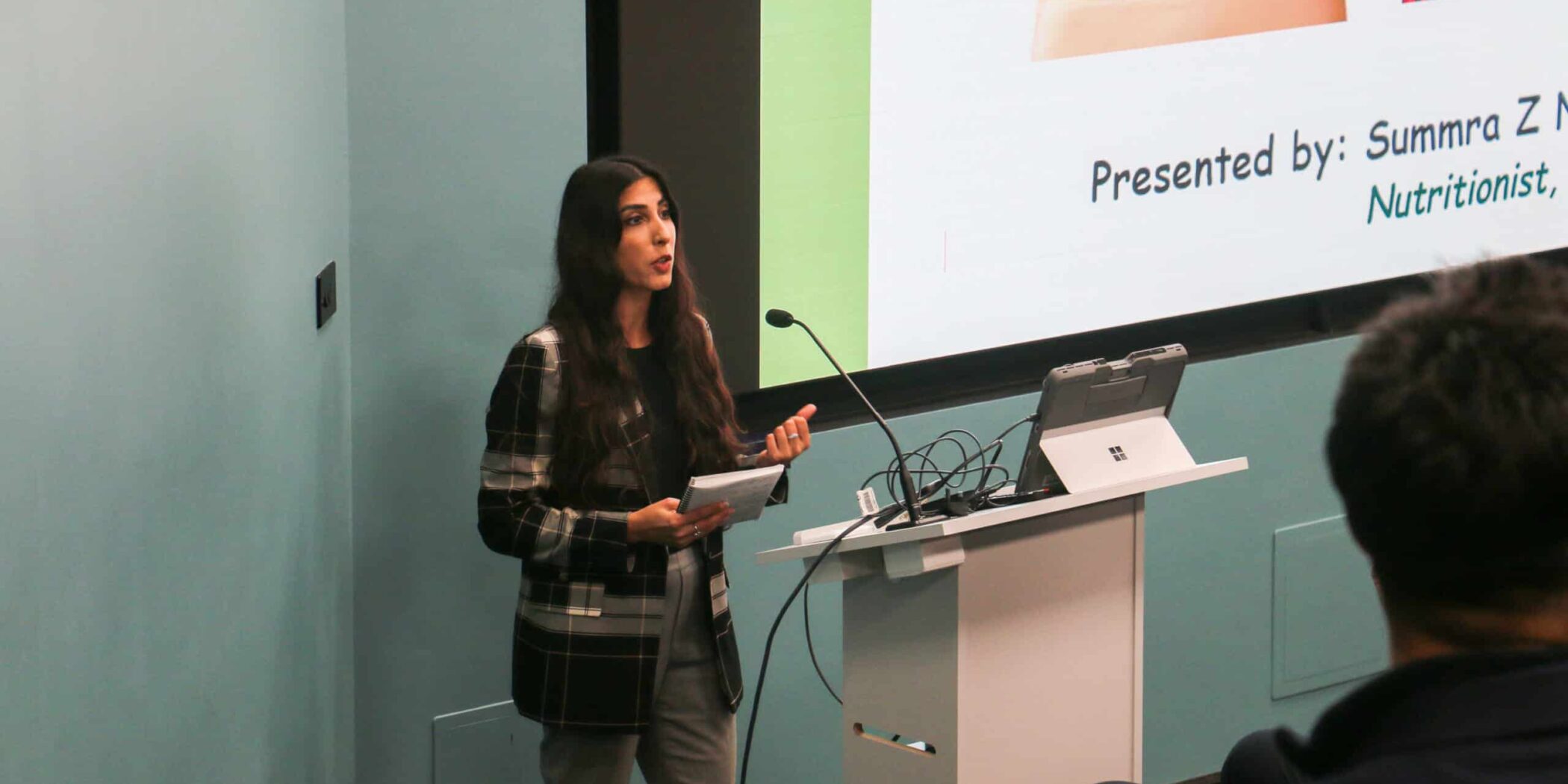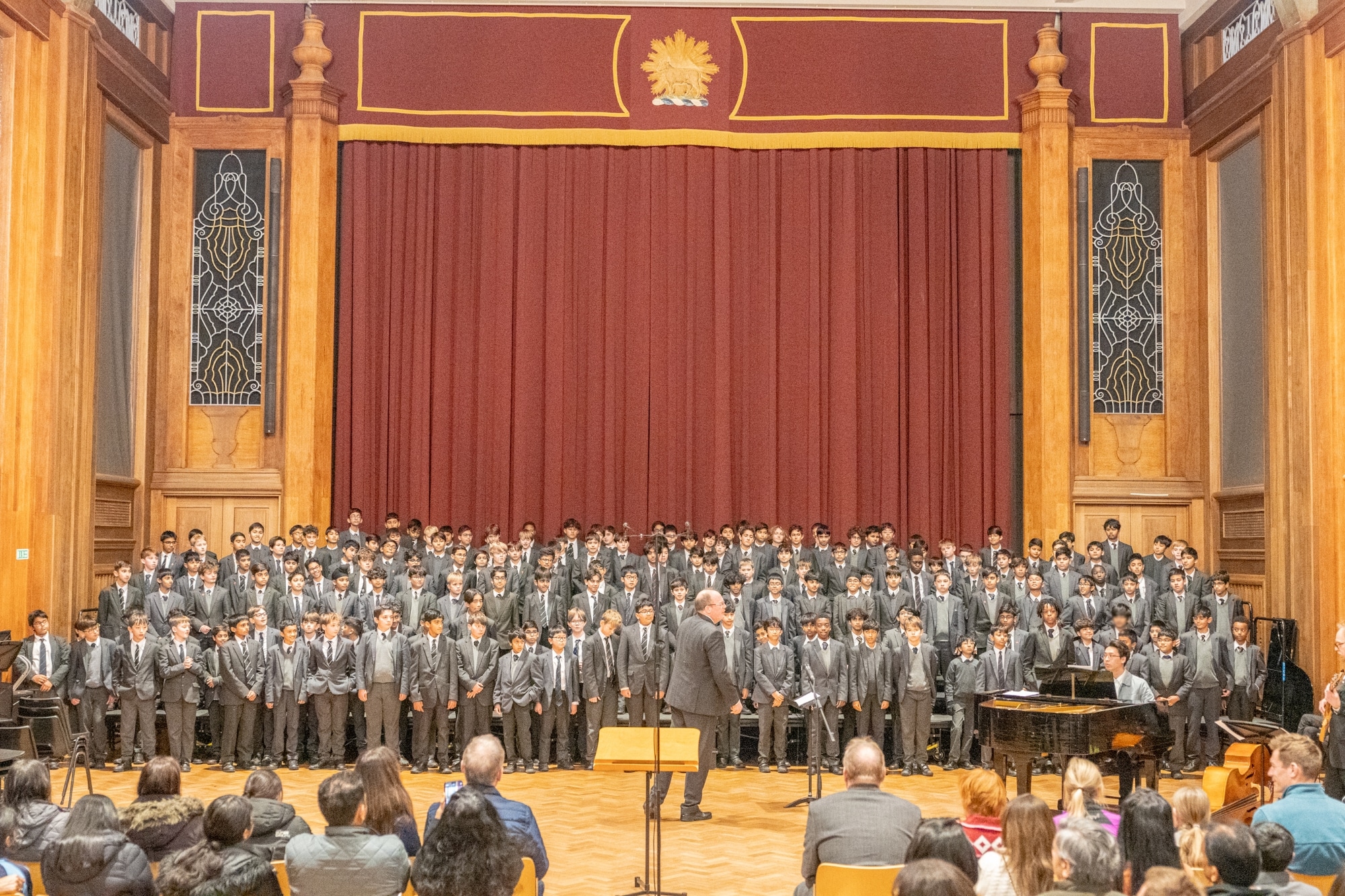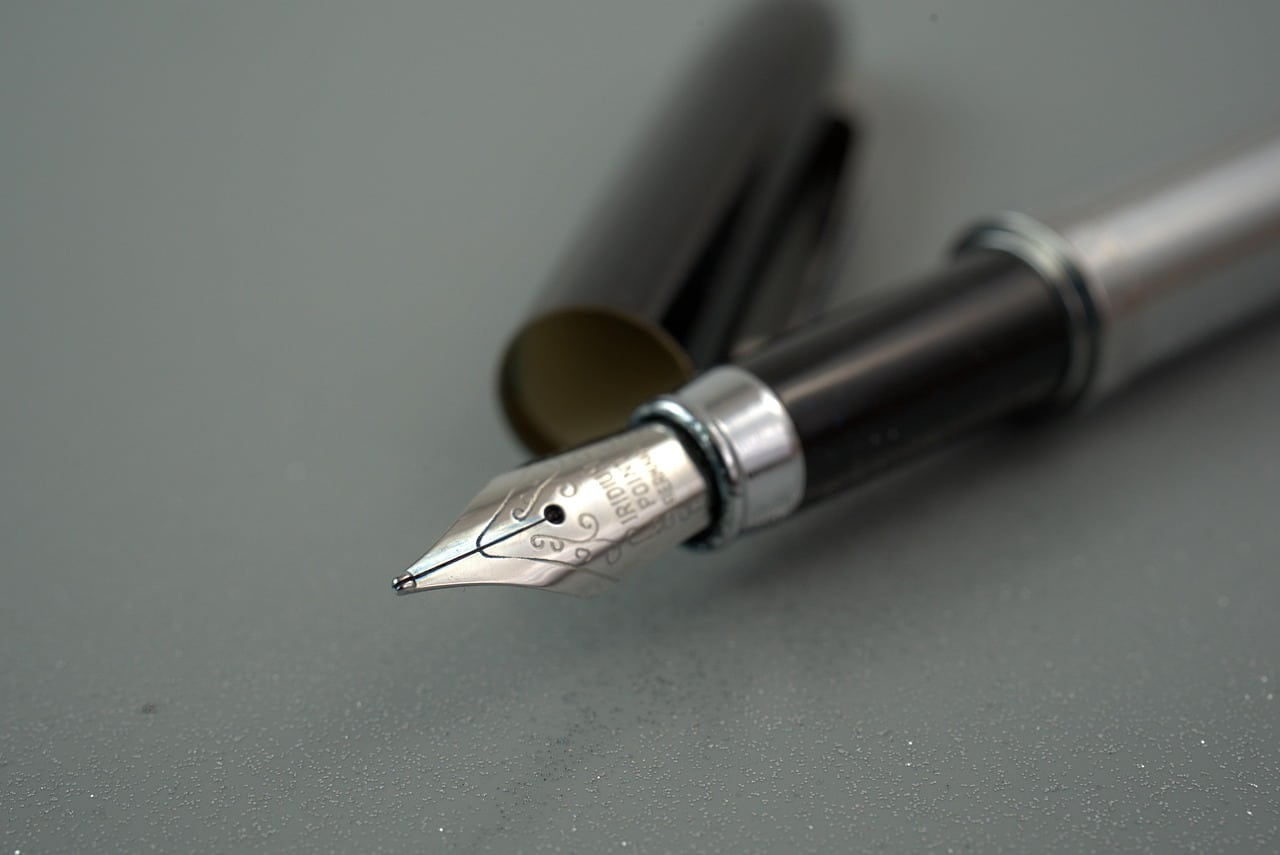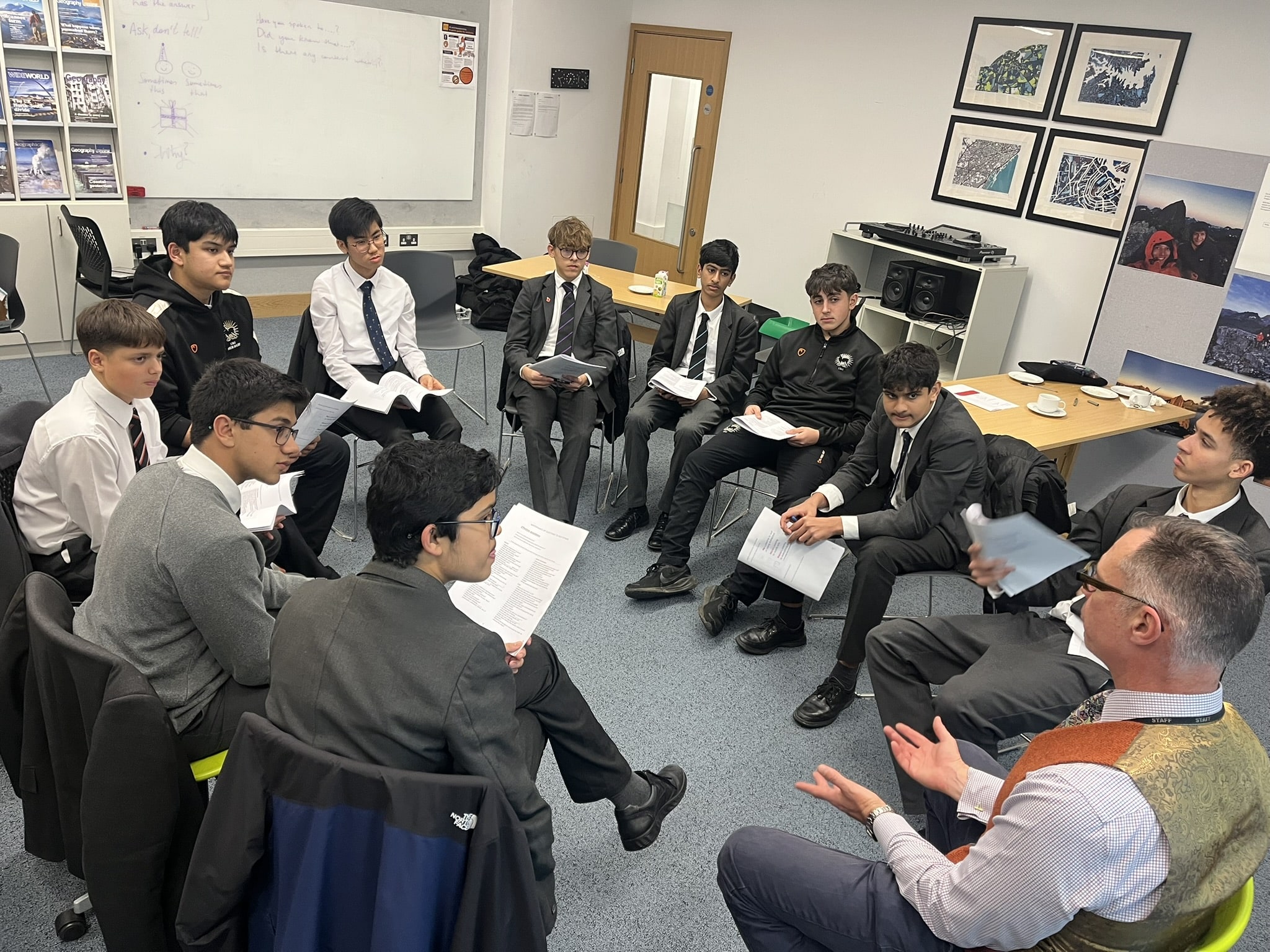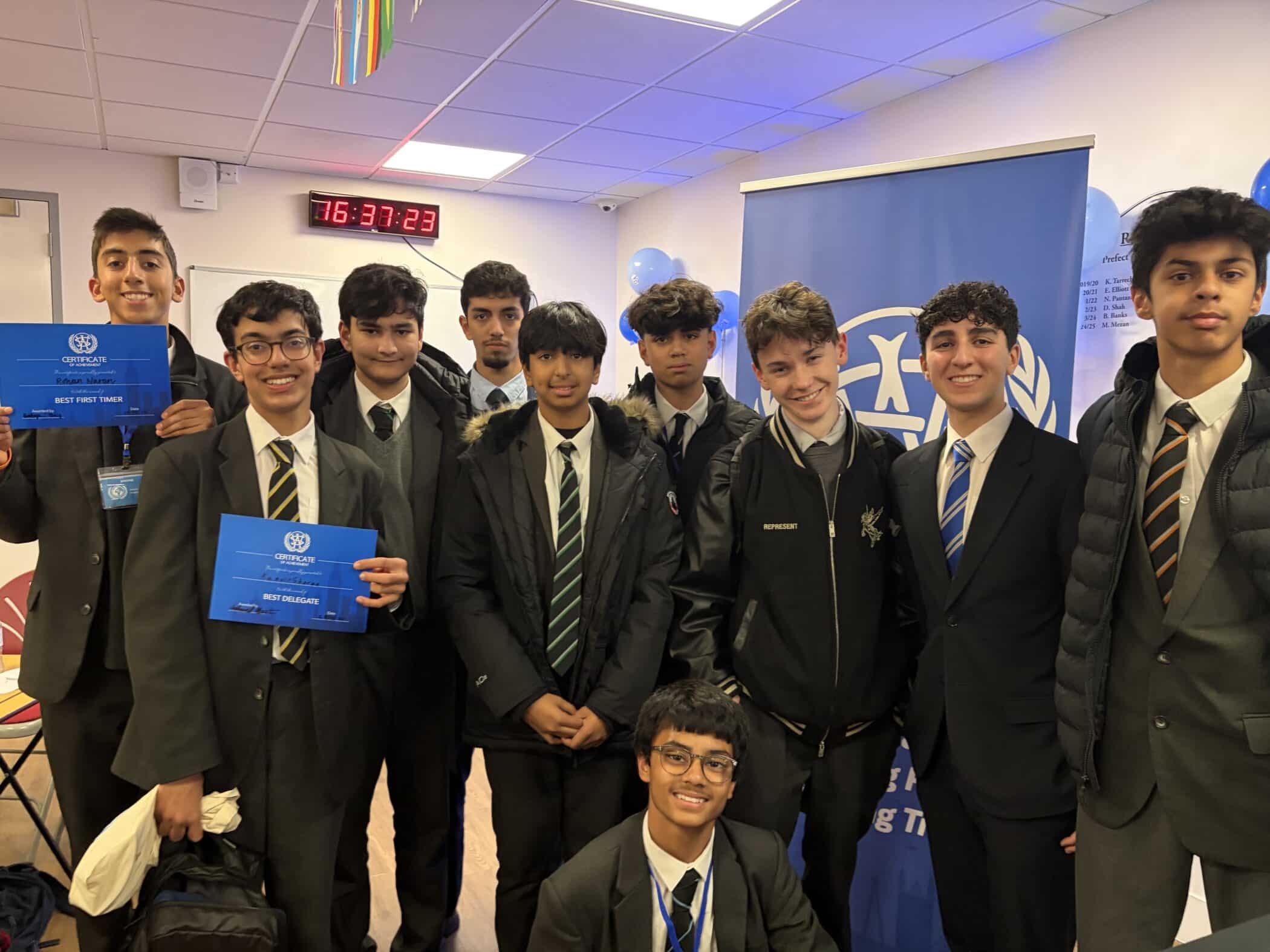High on the success of the Triennial Service, six boys and three members of staff went to the Netherlands in the first week of the October half term to visit historic organs, an organ builder, and to attend a concert at the Concertgebouw.
The idea for this trip came about at the end of the Chamber Choir Tour to France and Spain in the Summer of 2023, where we played two historic organs in the south of France. Playing them had been a particular highlight of the tour for the boys who are organists, and with a growing number of boys learning the instrument, we thought that it would be enjoyable to devote an entire trip to the instrument. It soon became apparent, not entirely unexpectedly, that this trip was so niche that we would have to organise it ourselves. Fortunately, much help was on hand from friends and friends of friends, and most of all, strangers in the form of friendly Dutch organists. We settled on going to the Netherlands not only because of its proximity to Blighty, but also because of the large number of historic instruments which are preserved there. In this country, there have survived almost no organs from before the Restoration, owing to the destruction by the Puritans of such instruments. The trip was led by Mr Hill, together with Mrs Stubbs and Mr Hobson.
The trip began somewhat inauspiciously at the rather unearthly hour of 6.30 on Sunday morning, when we discovered that our outbound flight had been cancelled. British Airways re-booked us onto another flight which was due to leave six hours later, and we duly convened at Heathrow at about 3pm. We duly waited for a few hours in the soulless terminal. Our flight was somewhat bumpy, and we could then understand why the weather conditions earlier in the day had prevented our original flight from happening. The delay did, however, mean that we were not able to visit the highly recommended Javan restaurant in Haarlem, nor visit the museum of barrel organs. More practically, however, it meant that supper was transferred from what would have been an enjoyable cultural experience to a rather rushed and unhealthy visit to the much less idyllic emporium of Burger King in the airport. Whoppers were wolfed down, chips were chomped, and Cokes were consumed, before we found our way to the station. We finally arrived at our hotel in the centre of Haarlem at a quarter to midnight.
Our first full day in the Netherlands began with breakfast at a local café, where some of the boys discovered the curious manner in which tea is presented in the Netherlands. The first organ which we played was in the Bavo Kerk in Haarlem, an instrument originally built in 1738 by Müller and then rebuilt by Marcussen in 1961. We had a fantastic masterclass with the organist, Anton Pauw, which we rounded off with a rendition of Homo plantat, which he found rather moving. Perhaps we should try better next time. We made our own arrangements for lunch in Haarlem before travelling by train to Amsterdam. Arriving at Amsterdam it quickly became apparent that we did not wish to spend too much time there. As it was, we made a not-so-quick visit to an overpriced waffle house, before ambling towards our chosen hostelry that evening; the pizzeria located adjacent to the Concertgebouw. Here we played the first of many games of Uno whilst waiting for our pizza and liquid refreshment. Crossing the road after supper, we arrived at the Concertgebouw, an elegantly proportioned building which is all the better for not being on the scale of the Royal Albert Hall, affording the audience both good views and good acoustics. We were seated behind the orchestra, and were able to observe in detail the work of the exuberantly expressive conductor. Lorenzo Viotti led the Netherlands Symphony Orchestra in great style through three contrasting pieces. Beginning with the Overture and Liebestod from Wagner’s Tristan and Isolde, the second item was Britten’s Violin Concerto. This somewhat divided opinion, one boy announcing that his estimation of Britten had gone down, whilst another saying that he quite enjoyed it. The interval was a rather long affair, but understandably so when all attendees are given free drinks. The last item in the concert was Debussy’s ever-popular La Mer. Although we could glean little from the programme notes, which were in Dutch, we all enjoyed this wonderful work, and left the Concertgebouw having had a good evening. After initially struggling to locate the tram stop, we found it and headed back to the Centraal station before continuing our journey back to Haarlem.
A new day brought not one but two new organs. After breakfasting at another café, this one presenting tea in yet another way, we headed to the Evangelical Lutheran Church of Haarlem, where we were met by the Assistant Organist, Azing Boonstra. He gave us a tour of the church, and whilst doing so, he gave us a history of Lutheranism in Haarlem, as well as an insight into psalm singing in the Netherlands. The organ in the church is unusual because it is the only surviving instrument made by Ströbel in the Netherlands. There were formerly two others, but now being destroyed, the remains have been incorporated into this one. For a modest church, the organ was rather loud, possessing however only one reed. After this, we had a little down time before reconvening for lunch. For this repast we chose an outlet in the centre of Haarlem, on the town square.
That afternoon we were to meet Jos Maters, the organist of St Nicolaas Basilica in Amsterdam, an imposing Roman Catholic Church situated near the station. Its beauty was not immediately obvious, and its rather dark interior was in complete contrast to the light and spacious interiors of the Reformed churches. Somehow, we arrived a minute early to the basilica, and had ten minutes to look around the building. Before long, we were greeted by Jos and headed up the steep stairs to the huge organ loft. At first the church was busy with tourists, but we soon managed to clear them out with the loud playing of the organ. It was indeed a hugely powerful sound, and with only five reeds it was incredible the volume which was put out. Each of the boys had a substantial amount of time to rehearse ahead of the concert that evening, and the instrument presented its own challenges as did the first two organs. After three hours, numerous card games, and a nap later, the doors were flung open for the audience. Remarkably the audience outnumbered the players, and included parents of two of the boys. After the concert we emerged into the relative brightness of an Amsterdam evening, and walked to our restaurant to enjoy a traditional Dutch repast. Some staff enjoyed the curiously titled ‘Hodgepodge’ which was as stodgy as it sounds, whilst others enjoyed loaded fries and numerous dishes besides. After this meal we walked a short distance to the river, on which we were to travel around the city. Having been kitted out with blankets, we settled in for an enjoyable cruise round the city, and performed what was probably the Red Light District premiere of Charles Wood’s O thou, the central orb. We returned to Haarlem and headed to bed with the promise of a lie-in in the morning.
It was not to be a peaceful morning, however, and our brunch plans were burst. Some of us set about trying to visit the other churches in Haarlem which we were not scheduled to play in. We then travelled to Zaandam in order to visit the workshops of Flentrop Orgelbouw, a leading organ builders. We were able to see elements of both these historic organs. Upon arrival we were given some traditional Dutch almond biscuits, but it was some time before our tour began. We started in the metal shop, where we learnt about the ways in which metals are mixed, moulded, cooled, shaped, and flattened. We saw the great hammering machine, which is so loud that when in operation workers must cover it with a padded lid, shut it behind thick doors, and wear ear defenders in an adjacent room. We then saw the detailed process of assembling pipes underway, learning about the importance of different measurements in the pipe. At the moment, they are in the process of rebuilding the Cavaillé-Coll organ at Manchester Town Hall, as well as reconstructing the Schnitger organ at Zwolle. We were able to hold pipes from both these organs: the first dating from 1877, and the second dating from 1721. We then travelled to Flentrop’s wood shop, where we saw the soundboards and sliders from the Zwolle organ, as well as the console for Manchester Town Hall, complete with its ‘Orage’ lever. Our final destination for Wednesday was Alkmaar, where we would be playing the organ at St Laurens Kerk.
After a little free time, we headed to the restaurant which would receive our custom that evening. The propertier’s welcome was warm, and though the food arrived an hour after our arrival, we had time to play a few rounds of ‘Psychiatrist’. By this time, we had been joined by the remainder of the party, who had travelled straight from Haarlem. A short walk from the restaurant was the impressive St Laurens Kerk, which although in almost complete darkness, was most impressive. We were shown the Choir organ, dating from the early sixteenth century, before we were shown the incredible Van Hagerbeer organ dating from 1645. Our host that evening was Frank van Wijk, the Assistant Organist. Mr van Wijk gave us an extended demonstration of all the capabilities of the organ, and its unique features. A particularly striking feature was the way in which the stops blended so well. All of the boys and staff had an opportunity to play on this wonderful instrument, and at the end of the evening Mr van Wijk performed for us the Toccata and Fugue in D minor by JS Bach. Wandering around the empty nave, the organ projected wonderfully, and it was truly a special experience.
Another late night was followed by another early morning, and we arose and checked out before 8am. We then headed to the railway station in order to patronise Starbucks before catching the train to the airport. As we had done on the way in, we had to trek between the various elements of Sloterdijk station, but eventually made it to the airport. Our flight home was agreeable, and we were met by parents at Heathrow.
It is somewhat unusual for a school to undertake a trip such as this, and we hope that the boys will have been inspired by it. We hope that the study of the organ will continue to flourish, and we look forward to the next trip.


